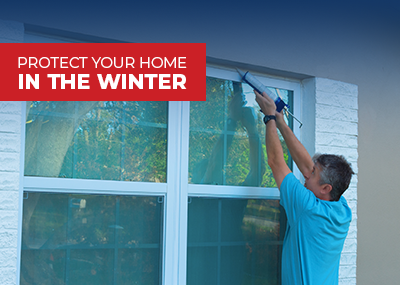Home »
Is your home ready for the cold weather? If you don’t know how to winterize your home, you could face frozen or busted pipes, increased utility bills, or interior damage.
That’s why the Basement Doctor’s orders are here to help guard your home from the cold weather.
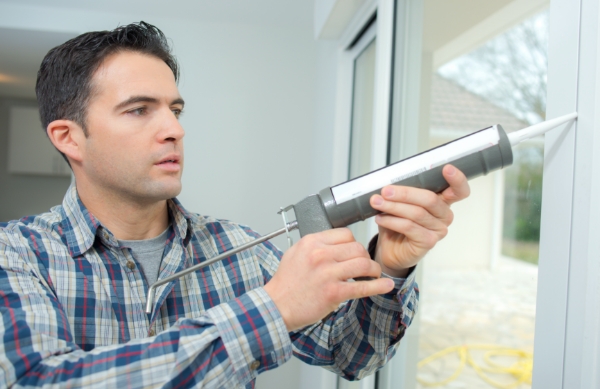
Weatherproof your windows
Do you step into a room and feel it colder than the rest? That means you have a leak (or multiple) somewhere in the area. Most of the time, those leaks are around your windows. If you’re not sure how to weatherproof windows, not to worry. The process is quite simple.
The first thing you need to do is isolate the area of the leak. Run your hand around the perimeter and seams of your windows. You’ll feel a light or heavy breeze coming through. Be sure to check every window in the room to identify how many areas need to be treated.
Many stores sell special plastic wrap that go over your windows. This provides a more complete barrier over your windows, almost guaranteeing that any leaks are properly covered. However, this is a patch solution and will prevent you from properly using your windows.
Another way to weatherproof windows is by finding the specific leaks and using weatherproofing material to patch them. You can use caulking or weather stripping to get this done.
Insulate your exposed pipes
Insulating your pipes is an extremely important part of protecting your home from winter weather. There are numerous horror stories of pipes bursting and homes being damaged because of ice and water. One of the easiest and most common methods is foam pipe insulation. There are a few different ways of going about this: spray foam insulation, regular foam insulation, and self-adhesive foam insulation, but the application is the same. Place the foam around your pipes. For classic insulation, be sure to seal it with tape to keep it attached. This is critical to do with exposed pipes inside your home to prevent any major damage.
.
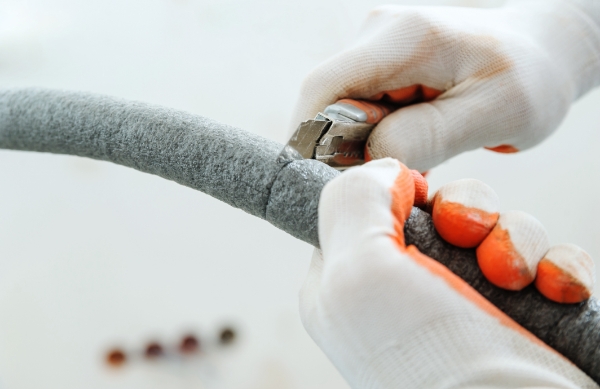
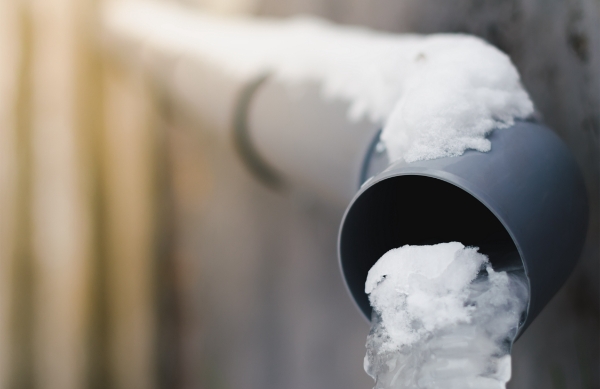
Drain your outdoor pipes
If water remains in your pipes during the cold, it will freeze and expand, possibly leading to them bursting. You’ll want to know how to drain your outdoor pipes, as this is something simple you can do every year to protect your home from cold weather. If you’re already in the middle of winter, then you can do this during a warm spell and prep your pipes for when the temperatures drop again.
To drain your outdoor pipes, unplug every hose attached to the outside and dump all the water out. Store the hoses in your home for the season. Then, locate the shutoff valves for every outdoor faucet and pull them. Then, head back outside and open your outdoor faucets, which will lead to any remaining water draining out. Collect that water with a bucket.
Lastly, head back to the shutoff valves. You’ll also have bleeder caps there. These collect the remaining water in the pipes. Place the water buckets underneath those bleeder caps and open them up. A good amount of water will drain out. Close the caps, dispose of the water, and your outdoor pipes are completely drained.
While you’re out there, also take the time to remove any snow and ice from around the downspout and sump pump discharge lines at the curb. Not only do you want to make sure your outdoor pipes aren’t at risk, but that your drainage system is too.
Repair or Seal Foundation Cracks
Do you know how to fix foundation cracks by yourself? Cracks in your foundation or basement walls can often leave your home vulnerable to the cold. With caulk or spray foam, find every crack or opening in the foundation and seal it properly. If you have any intention of finishing or insulating your basement, this step will need done anyway. It also one of the easier methods on this list to winterize your home.
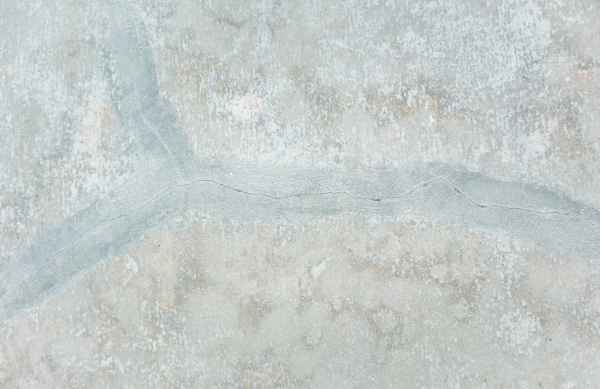
If you find major issues while winterizing your basement or want to get any major improvements done, then contact us today and we’ll get on the job!


